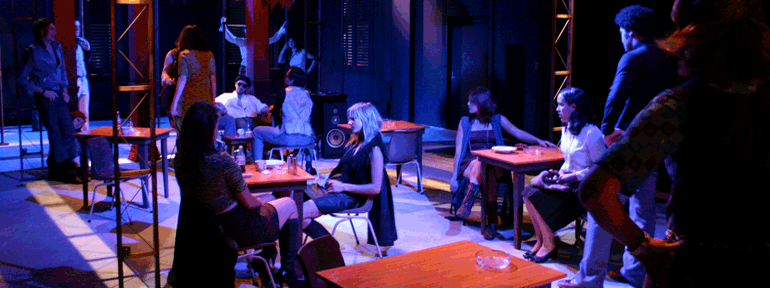Discos and dance clubs make huge investments to feature the
latest lighting and special effects. Club-goers flock to discos not only for
the music, but to experience the elements of fun, excitement and atmosphere
that disco lighting brings.
Function
Disco lighting serves as an added attraction and enhancement
to dance music. Popular discos are known for
their particular effects, and use
them as marketing and advertising tools to draw new customers.
History
Disco lighting effects began in the 1920s, during the
"dance hall days." Electric lighting was new at the time, and club
owners made the best use of it by installing colored filters to create intimate
and exciting moods.
Development
With the growing popularity of rock concerts in the 1960s
and 1970s, lighting companies began experimenting with new lighting effects and
techniques. As disco music became the dominant musical form, the industry
blossomed; creating lighting effects to excite dancers and club-goers, and
enhance the nightlife experience.
Types
Numerous types of lighting and effects are in use today,
including strobes, color washes, spot lights, moving scanners, lasers and
projectors. Other popular effects are mirror balls, fog machines, foamers,
bubble makers and confetti shooters.
Future
Disco lighting and effects of the future will feature
improvements in recently developed LED bulbs and intelligent moving light
fixtures. Lighting manufacturers are also working on 3D holographic projectors
and safer, more advanced laser systems.







-2082__desktop.jpg)










































